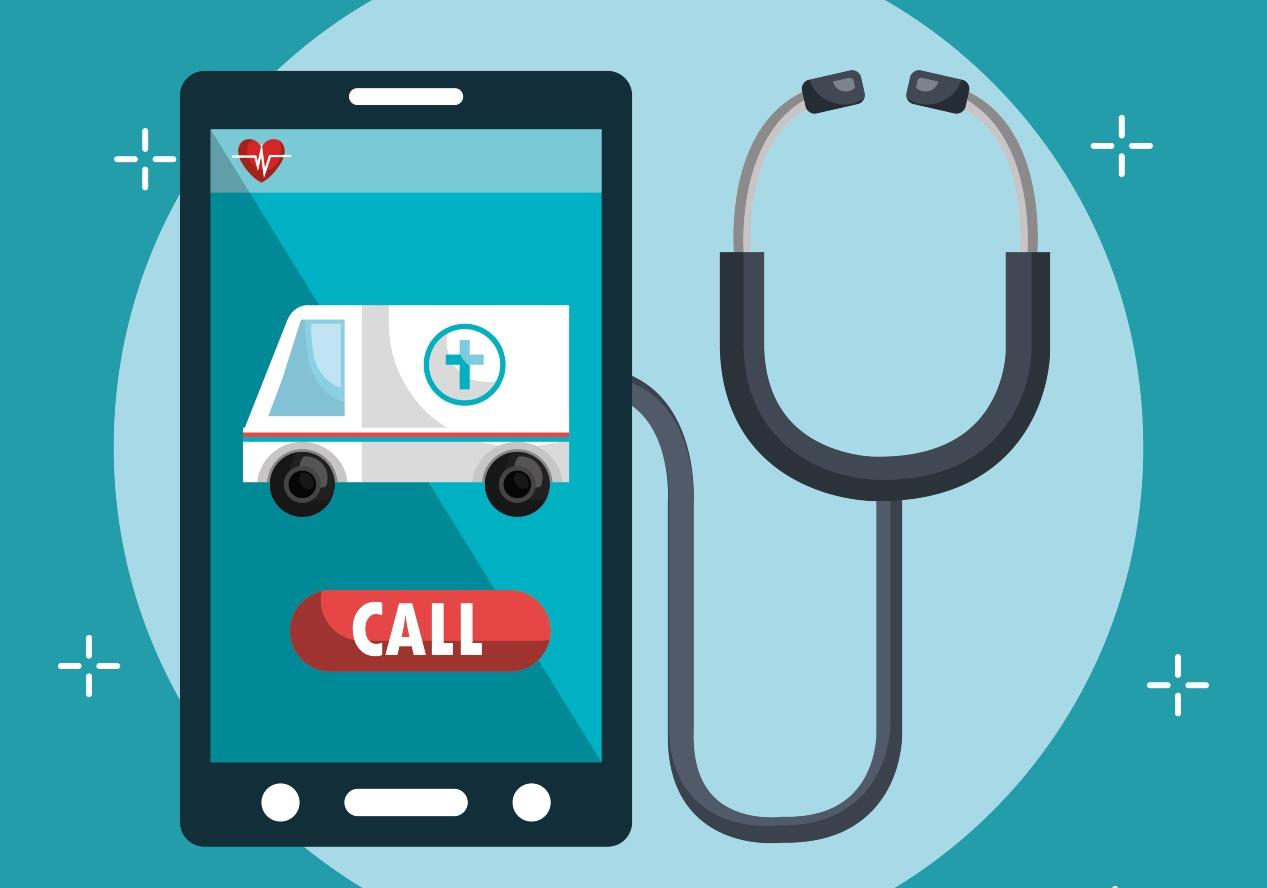If you or someone in your household receives Lifeline service, ensure you have documentation. This can include a letter, card, or paystubs. Eligible consumers can get a discount for phone and broadband service. Your household income must be at or below 135% of federal poverty guidelines to qualify.
Table of Contents
Documents Needed
The Lifeline program provides monthly discounts on phone and broadband services to low-income households. It is available in every state, territory, commonwealth, and tribal lands. Currently, the program provides telephone and broadband service discounts to about 14 million subscribers nationwide. Eligibility is based on income level and participation in federal assistance programs like SNAP. It is one of the most widely used programs in the country. Under the new rules, it will be up to the National Verifier to verify a consumer’s eligibility. This will be accomplished through both electronic and manual verification. The electronic verification will utilize existing state and federal benefits databases, resulting in a real-time eligibility determination. The manual verification will require consumers to submit physical eligibility documentation for review by National Verifier employees. These processes will make it more difficult for consumers to receive their Lifeline discount the same day they apply for service. The order also delegates the Wireline Bureau to create, subject to OMB approval, universal forms for customer certification and annual recertification and a one-per-household worksheet.
Identification
To receive the Lifeline cell phone program, you need proof of eligibility. This proof is typically in the form of pay stubs, a tax return or card, a letter, or other document that shows you or a household member participates in one of the accepted assistance programs. This includes Supplemental Nutrition Assistance Program (SNAP), Medicaid, Federal Public Housing Assistance, Social Security Income, Veterans and Survivors Pension Benefits, or Tribal programs. Once you have the appropriate documentation, select a phone and internet service provider offering Lifeline. Most wireless providers offer Lifeline, but you should check with each carrier to find out what services are available in your area and which provides the best coverage for your home or workplace and find a plan according to it. You can also choose a bundled package, allowing you to connect your phone and internet through the same provider.
Most providers will verify your eligibility through the National Verifier database, which USAC operates. The database largely eliminates the need for paper documentation of your income and benefits, although California, Oregon, and Texas don’t use this method. You’ll need to complete a yearly recertification process through your state Lifeline administrator in those states. If you fail to recertify, you could lose your Lifeline subsidy. As such, it’s important to recertify early and ensure you don’t miss any deadlines.
Address Changes
Your Lifeline service provider must provide a new address if you move. A change of address form must be submitted to the carrier within 30 days of moving. Failure to do so will result in your account being terminated.
When a Lifeline subscriber moves, the carrier must notify the National Verifier and the State Administrator of the new address. The National Verifier and the State Administrator must verify the new address and may ask the subscriber for additional information to confirm the new address. Eligible telecommunications carriers must provide consumers with an explanation of the benefits of Lifeline, including an overview of each of its plans and any applicable charges for toll limitation service, 900 services, and 976 services. They must also make available a link to a website that describes the terms and conditions of its plans.
To be eligible for Lifeline, your household income must be at or below 135% of the federal poverty guidelines, which vary by family size. Only one Lifeline phone or broadband discount is available per household, which must be the primary line for all voice and internet services.
Emergency Contacts
For eligible low-income consumers, Lifeline is a free or discounted phone service that allows them to stay in touch with family and friends, connect with employers, and keep current on public assistance programs. The Universal Service Administrative Company (USAC) funds the program. It is administered through the Universal Service Fund. Eligible customers may choose either a home landline or wireless or bundled phone and internet service. To qualify, customers must meet the following eligibility rules and participate in one of the accepted assistance programs:
Community lifelines support recurring community functions vital to human health and safety or economic security. When these services are disrupted, decisive intervention is needed to stabilize them as quickly as possible. This process is called objective-based response.
To qualify for the Lifeline discount, you must complete an application and provide your full name, date of birth, Social Security Number or Tribal ID, and address. You must also agree to answer questions truthfully and keep your information up-to-date. You should use your Lifeline service at least once every 30 days to keep it active, and if you don’t, you’ll get a 15-day notice that your discount will be turned off. It’s against the law to lie on any Lifeline application or questionnaire. In addition, you can only receive a discount from one provider per household.
Also read – How to Choose the Right Car Shipping Company for Your Needs




